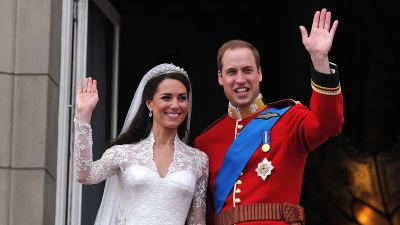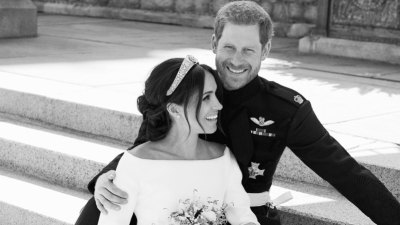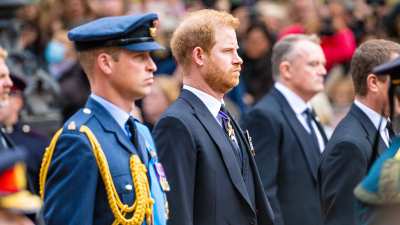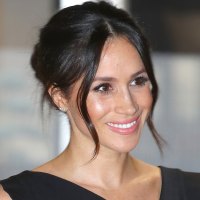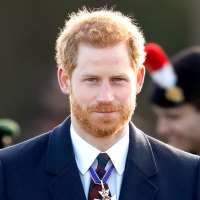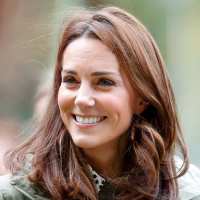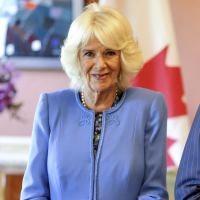
Royal titles are not set in stone and automatically change with a new monarch’s ascension.
Following Queen Elizabeth II’s death on September 8, 2002, many royals received new titles, including King Charles, Queen Camilla, Prince William and Princess Kate Middleton. The royal family is a hierarchy, meaning their titles are important to establish the role of each noble and their responsibilities as representatives of the crown at events.
In addition to birthright, titles can be granted and revoked at the whim of the reigning monarch. King Charles famously slimmed down the monarchy since he began his rule and limited the number of titles handed out and senior working royals. Royal historian Gareth Russell exclusively told Us Weekly in April that the decision did not turn out as “intended” amid Charles and daughter-in-law Kate’s respective cancer battles.
“If you are to use the metaphor, the monarchy is underweight at this stage, it was never intended to reach the levels that it did,” Russell told Us while promoting his book, The Palace: From the Tudors to the Windsors, 500 Years of British History at Hampton Court.
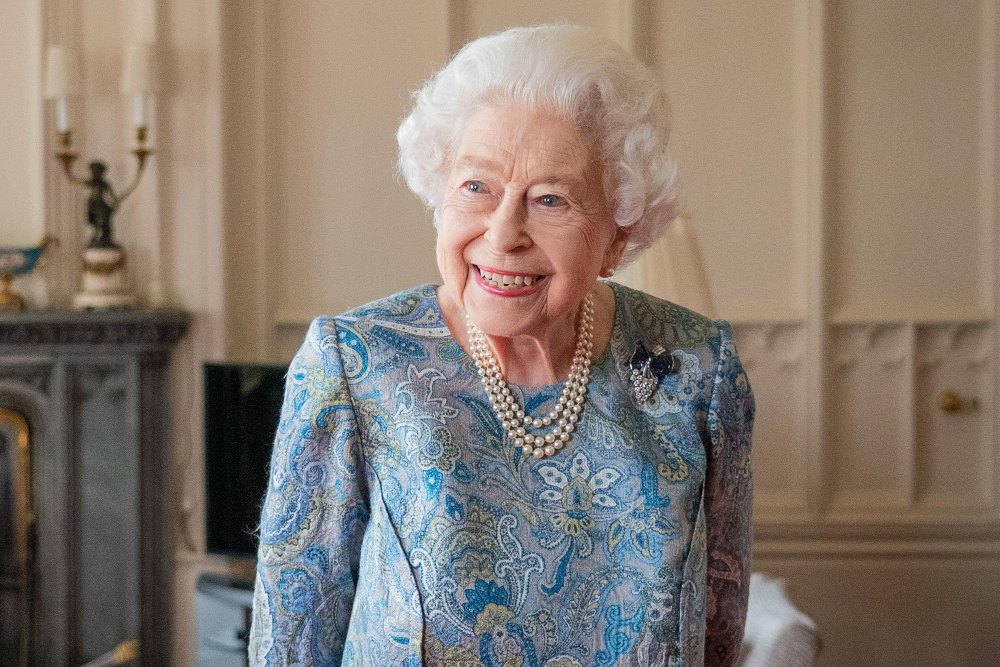
Keep reading for a guide to the royal titles and how they change with ascensions.
King/Queen
These titles are the heads of state of the monarchy, although they have no governmental power but are rather symbols of the United Kingdom.
Queen Consort/Prince Consort
The spouse of a ruling king or queen is called a consort, such as Queen Elizabeth II’s husband, Prince Philip or Charles’ wife, Camilla. Although Camilla dropped “consort” from her title in May 2023, it does not change her role.
When William eventually becomes king, Kate will likely take the title of Queen Consort.
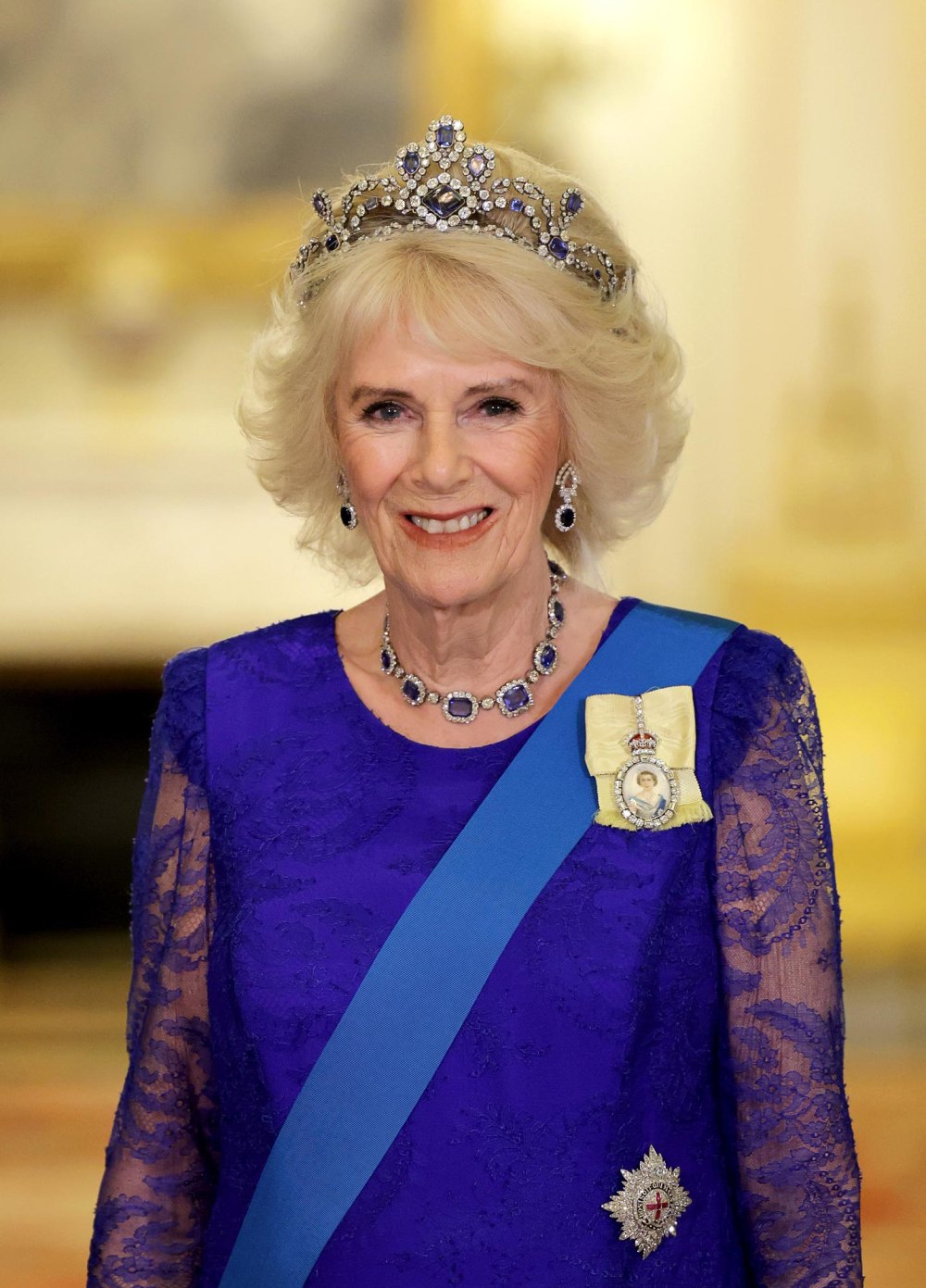
Queen Mother
A queen mother is a former queen consort and the mother of the current reigning monarch. Typically, this role is filled by the widow of a king. Since Charles’ mother has passed away, there is no current Queen Mother. At this time, most people think of Queen Elizabeth as the Queen Mother, as she died in 2002 at age 101, but that doesn’t mean another cannot be named as time continues.
Carole Middleton will likely not receive the title when William and Kate ascend the throne, as she would not be the mother of the reigning monarch.
Prince/Princess of Wales
Prince of Wales is the title always granted by the monarch to their eldest son, who is the heir to the throne and will eventually become king. Wives are recognized as Princess of Wales through marriage. Camilla famously did not take the title before ascending to Queen Consort, instead being recognized as the Duchess of Cornwall out of respect for Charles’ late ex-wife and the mother of his children, Princess Diana.
Duke/Duchess
Duke and Duchess are considered the highest titles of nobility. (There are four additional lower rankings: marquis, earl, viscount and baron, which are held by various nobles, advisors to the king and more.) These titles are given by the reigning monarch or inherited from the paternal lineage.
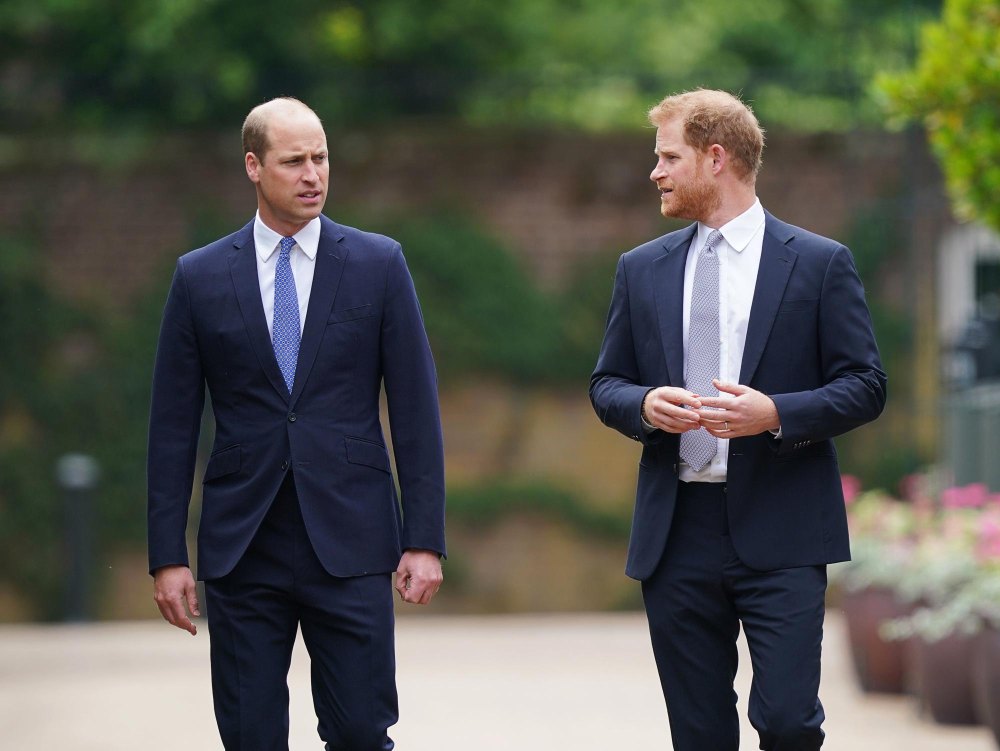
William and Prince Harry were gifted their titles, Duke of Cambridge and Duke of Sussex, respectively, by Queen Elizabeth II on their wedding days. Their wives, Kate and Meghan Markle, subsequently became Duchesses through marriage. William ascended to Prince of Wales upon Elizabeth II’s death, while Harry will remain a Duke because he is not heir to the throne.
As of now, the title upgrade is only reserved for male descendants. William and Kate’s daughter, Princess Charlotte, will likely keep her general “princess” title and only become a Duchess if she decides to marry a Duke. Of course, that could change with her father as the monarch.
Prince/Princess
These titles are granted by the current monarch and typically given to children and grandchildren of all reigning and previous British monarchs. All three of William and Kate’s children, George, Charlotte and Louis, have the title, as well as Harry and Meghan’s children, Archie and Lilibet.
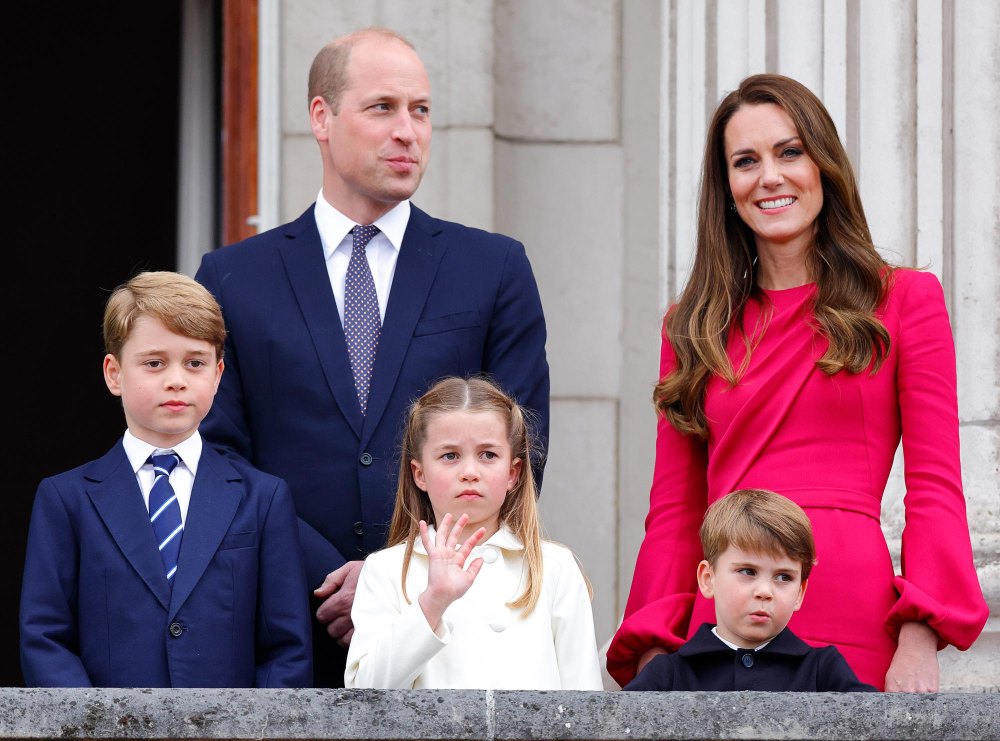
This is why Beatrice and Eugenie are also princesses, despite not working as senior royals. They are the daughters of Elizabeth and Philip’s third child, Prince Andrew, and the titles are their birthright as grandchildren of the late queen through the male line.
While titles can be given automatically through birth, some royals opt not to give their children titles, although the kids can decide for themselves at 18. Princess Anne, the second child of Queen Elizabeth II and Prince Philip, declined titles for her two children, Peter and Zara. Anne’s now ex-husband, Mark Phillips, also turned down the title of Earl when they wed in 1973.
“I think it was probably easier for them, and I think most people would argue that there are downsides to having titles,” Anne told Vanity Fair about the decision for her now-adult children in 2020.
In addition, Elizabeth II and Philip’s youngest child, Prince Edward, also opted not to give his and wife Countess Sophie’s two children, Lady Louise and James, titles upon their births in 2003 and 2007, respectively.
“We try to bring them up with the understanding they are very likely to have to work for a living,” Sophie told Times of London about their decision to not give Louise and James titles. “Hence we made the decision not to use HRH titles. They have them and can decide to use them from 18, but I think it’s highly unlikely.”
